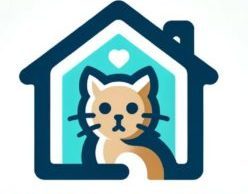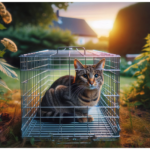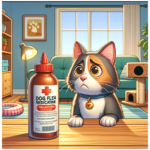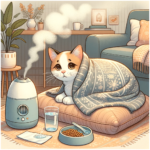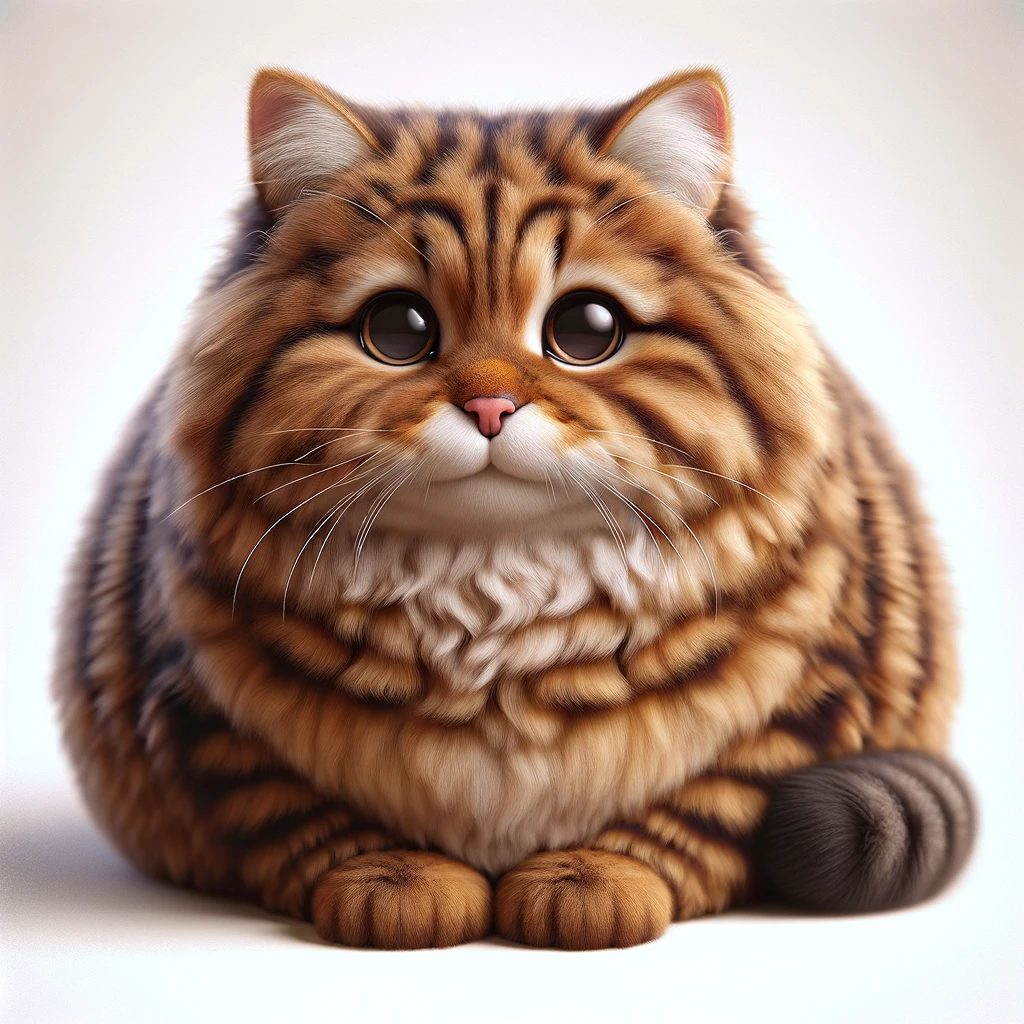
To all the cat Moms and Dads who struggle to “just say no” to their chubby fluff muffins, I hear you! Today, we’re focusing on a vital aspect of cat care – cat weight loss. Obesity in cats is a common yet frequently overlooked problem that can lead to various health issues that can seriously shorten the time you have together. In this comprehensive guide, we’ll explore practical and effective strategies to help your cat achieve and maintain a healthy weight.
Understanding Cat Obesity: The Silent Epidemic
Obesity in cats is an increasing concern in the pet care world. Many cats suffer from being overweight, which can lead to serious health complications such as diabetes, arthritis, and even heart disease. It’s essential to recognize the signs of obesity and understand its risks.
Causes of Weight Gain in Cats
Weight gain in cats can be attributed to several factors:
- Overfeeding: One of the most common causes is simple – overfeeding. Cats require a balanced diet, but giving them too much food, even if it’s nutritious, can lead to weight gain.
- Lack of Exercise: Especially for indoor cats, a lack of physical activity can contribute to weight gain.
- Age and Metabolism: Like humans, as cats age, their metabolism slows down, making them more prone to putting on weight.
Assessing Your Cat’s Weight
Before embarking on a weight loss journey with your cat, it’s crucial to determine whether they are indeed overweight. This can be done through:
- Body Condition Scoring: This technique allows you to assess your cat’s body condition at home.
- Veterinary Consultation: A vet visit is essential for an accurate assessment and to set a safe weight loss target.
Tailoring a Weight Loss Plan for Your Cat
A personalized weight loss plan for your cat involves:
- Dietary Changes: This might include switching to a special weight management cat food and controlling portion sizes. (and ear muffs, it might involve ear muffs) A strategy that has worked for me is only giving treats inside of puzzle toys that makes kitty work to get them out.
- Regular Exercise: Encourage regular play sessions to increase your cat’s physical activity. The whirly bird feather toys on a stick and the Cat Dancer toy that imitates flying insects can get even the biggest couch potato pouncing around, if only for a few minutes.
- Monitoring Progress: Keep track of your cat’s weight and adjust the plan as necessary.
Exercise Ideas for Indoor Cats
Keeping an indoor cat active can be a challenge. Here are some ideas:
- Interactive Toys: Toys that mimic hunting can motivate cats to move more.
- Climbing Structures: Cat trees and shelves are great for encouraging climbing. Just make sure they aren’t too high because jumping down can be hard on the joints for really obese cats.
- Dedicated Playtime: Regular, interactive play sessions are beneficial.
The Role of Hydration in Weight Loss
Hydration plays a crucial role in cat weight loss. Ensure your cat has constant access to fresh water. Cat fountains can encourage cats to drink more. Incorporating wet food into their diet can also help.
Overcoming Challenges in Cat Weight Loss
Cat weight loss can be a slow process. Here are some tips:
- Be patient and make gradual changes.
- Monitor your cat’s health throughout the process.
- Consult with your vet regularly.
Conclusion
Assisting your cat in losing weight is a commitment to their long-term health and happiness. With the right approach, it’s possible to help your cat lead a healthier, more active life.
Remember, it’s always best to consult with a veterinarian before making significant changes to your cat’s diet or lifestyle. For more expert advice and tips on cat care, continue exploring homewithcats.com.
